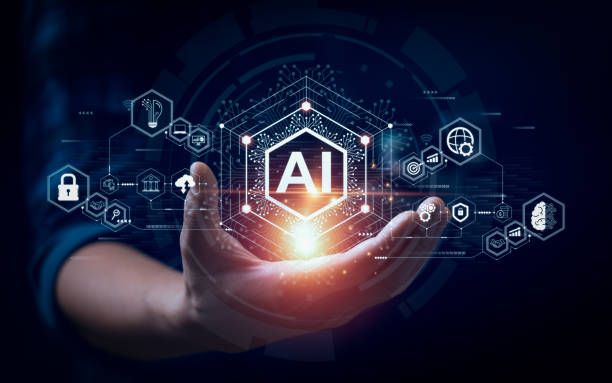Step-by-step Approach to Achieving Business Transformation With AI/ML Development
Businesses are constantly seeking innovative solutions to stay competitive and relevant. One such transformative force that has gained prominence is Artificial Intelligence and Machine Learning. Leveraging these advanced technologies can propel a business into new dimensions of efficiency, productivity, and overall success. In this article, we will explore a step-by-step approach to achieving business transformation through AI/ML development.

Steps to Achieve Business Transformation:
- Understanding Business Objectives
The first crucial step in embarking on an AI/ML development journey is to clearly define the business objectives. Identify the specific challenges or opportunities within the industry that can be addressed through AI and machine learning. Whether it's enhancing operational efficiency, improving customer experience, or optimizing decision-making processes, a comprehensive understanding of the business goals sets the foundation for a successful AI/ML strategy.
- Conducting a Comprehensive Data Assessment
AI and machine learning algorithms heavily rely on data for training and generating meaningful insights. Conducting a thorough assessment of existing data sources is imperative. This involves evaluating the quality, volume, and relevance of available data. Businesses must ensure that their datasets are not only substantial but also representative of the real-world scenarios they aim to address. A well-curated dataset lays the groundwork for accurate model training in the AI/ML development process.
- Identifying Appropriate AI/ML Models
Selecting the right AI/ML models is a critical step that directly influences the success of the development process. Depending on the specific business objectives, various machine learning algorithms such as regression, classification, clustering, and deep learning may be applicable. Tailoring the choice of models to align with the intended outcomes ensures optimal performance and functionality in the final solution.
- Prototyping and Model Development
Once the data and models are in place, the next step involves prototyping and model development. This phase allows businesses to experiment with different iterations and fine-tune the models based on the desired outcomes. Iterative prototyping enables developers to identify and address potential challenges, ensuring the final AI/ML solution aligns seamlessly with the business objectives.

- Integration with Existing Systems
For a truly transformative impact, the AI/ML solution must seamlessly integrate with existing business systems and workflows. Integration ensures that the insights generated by the AI models can be effectively utilized in decision-making processes. This step requires collaboration between AI/ML developers and the existing IT infrastructure teams to ensure compatibility and a smooth transition.
- Rigorous Testing and Quality Assurance
The reliability and accuracy of an AI/ML solution are paramount. Rigorous testing and quality assurance processes are essential to identify and rectify any anomalies or inconsistencies in the system. Thorough testing ensures that the solution performs effectively across diverse scenarios, providing consistent and dependable results.
- Continuous Monitoring and Optimization
The implementation of an AI/ML solution is not a one-time endeavor but an ongoing process. Continuous monitoring of the solution's performance allows businesses to identify evolving trends, adapt to changing conditions, and optimize the models for sustained effectiveness. Regular updates and refinements ensure that the AI/ML system remains an asset for the business.
Winding Up
Achieving business transformation through AI/ML development, particularly in the realm of machine learning app development, is a strategic and multifaceted process. By following this step-by-step approach, businesses can harness the power of artificial intelligence and machine learning to drive innovation, improve efficiency, and stay ahead in today's dynamic business landscape. As industries continue to evolve, those who embrace the potential of AI/ML development will find themselves at the forefront of innovation and success.

Comments